Lagides
« Quel souverain lagide fit don d’un gymnase Ă Athènes ? »
ENiM 9, 2016, p. 65-77.
 Le gymnase était à l’époque hellénistique un véritable symbole de la culture grecque et représentait le mode de vie hellène par excellence. Or, un souverain lagide fonda à Athènes – cité de culture entre toutes et qui disposait déjà notamment des gymnases du Lycée et de l’Académie – un nouvel édifice à une date qui reste indéterminée et dont la localisation n’est pas aisée. Cet article propose de retracer le contexte politique de la cité athénienne au IIIe siècle afin de tenter d’identifier quel fut le Ptolémée bienfaiteur de la cité.
Le gymnase était à l’époque hellénistique un véritable symbole de la culture grecque et représentait le mode de vie hellène par excellence. Or, un souverain lagide fonda à Athènes – cité de culture entre toutes et qui disposait déjà notamment des gymnases du Lycée et de l’Académie – un nouvel édifice à une date qui reste indéterminée et dont la localisation n’est pas aisée. Cet article propose de retracer le contexte politique de la cité athénienne au IIIe siècle afin de tenter d’identifier quel fut le Ptolémée bienfaiteur de la cité.
 The gymnasium was in the Hellenistic period a symbol of Greek culture and represented the Hellenic way of life. Interestingly, a Ptolemaic sovereign founded in Athens – the most cultural famous city and which already had gymnasiums like The Lyceum and the Academy – a new building at a date still unknown and whose location is not easy. This article aims to retrace the political context of the Athenian city in the third century in an attempt to identify who was the Ptolemy’s benefactor of the city.
The gymnasium was in the Hellenistic period a symbol of Greek culture and represented the Hellenic way of life. Interestingly, a Ptolemaic sovereign founded in Athens – the most cultural famous city and which already had gymnasiums like The Lyceum and the Academy – a new building at a date still unknown and whose location is not easy. This article aims to retrace the political context of the Athenian city in the third century in an attempt to identify who was the Ptolemy’s benefactor of the city.
 Consulter cet article (44792) -
Consulter cet article (44792) -  Télécharger cet article au format pdf (24871)
Télécharger cet article au format pdf (24871)
« Analyse stylistique de quelques scènes du temple d’Esna »
ENiM 11, 2018, p. 171-182.
 Le temple d’Esna est un édifice décoré sous les périodes ptolémaïques et romaines. Sa particularité majeure est d’être inachevé : seule la salle hypostyle a été bâtie. Les concepteurs du temple ont donc adapté la répartition des images de façon à ce que sa symbolique fonctionne comme dans un édifice complet. Esna est également un témoignage du style gréco-romain avec ses colonnes puissantes, ses chapiteaux lotiformes, son architecture puissante… Il comprend des scènes récurrentes à cette époque et d’autres plus rares. L’une d’entre elle présente une des rares figurations d’impératrice romaine en Égypte : Julia Domna, épouse de Septime Sévère. L’analyse de cet édifice prouve que l’art égyptien d’époque romaine n’est pas gratuit mais pensé, précis et adapté.
Le temple d’Esna est un édifice décoré sous les périodes ptolémaïques et romaines. Sa particularité majeure est d’être inachevé : seule la salle hypostyle a été bâtie. Les concepteurs du temple ont donc adapté la répartition des images de façon à ce que sa symbolique fonctionne comme dans un édifice complet. Esna est également un témoignage du style gréco-romain avec ses colonnes puissantes, ses chapiteaux lotiformes, son architecture puissante… Il comprend des scènes récurrentes à cette époque et d’autres plus rares. L’une d’entre elle présente une des rares figurations d’impératrice romaine en Égypte : Julia Domna, épouse de Septime Sévère. L’analyse de cet édifice prouve que l’art égyptien d’époque romaine n’est pas gratuit mais pensé, précis et adapté.
 The temple of Esna is a building decorated under Ptolemaic and Roman periods. Its major peculiarity is to be unfinished. Indeed, it includes only an hypostyle room. The designers of the temple thus adapted the distribution of the images so as to its symbolism works as in a complete building. Esna is also a testimony of the Graeco-Roman style with its powerful columns, its lotiform capitals, its strong architecture… It includes recurring scenes at that time and others rarer. The one of its presents one of the rare representations of a Roman empress in Egypt: Julia Domna, wife of Septimus Severus. The analysis of this building proves that the Egyptian art of Roman time is not free but thought, precise and adapted to the situation and politic.
The temple of Esna is a building decorated under Ptolemaic and Roman periods. Its major peculiarity is to be unfinished. Indeed, it includes only an hypostyle room. The designers of the temple thus adapted the distribution of the images so as to its symbolism works as in a complete building. Esna is also a testimony of the Graeco-Roman style with its powerful columns, its lotiform capitals, its strong architecture… It includes recurring scenes at that time and others rarer. The one of its presents one of the rare representations of a Roman empress in Egypt: Julia Domna, wife of Septimus Severus. The analysis of this building proves that the Egyptian art of Roman time is not free but thought, precise and adapted to the situation and politic.
 Consulter cet article (36491) -
Consulter cet article (36491) -  Télécharger cet article au format pdf (21533)
Télécharger cet article au format pdf (21533)
ENiM 18 - 2025
5 article(s) - 2 avril 2025.
ENiM 1 à 18 (2008-2025) : 224 articles
4 613 227 téléchargements
9 324 571 consulations.
Index des auteurs

Mots clés

Derniers articles : 
Robert Steven Bianchi
Duplication and Continuity
(ENiM 18, p. 13-36 — 11 mars 2025) 
Frédéric Mougenot
Rénénoutet à la porte de la maison
(ENiM 18, p. 1-12 — 29 janvier 2025) 
CENiM - Mise en ligne des volumes Ă©puisĂ©s : 
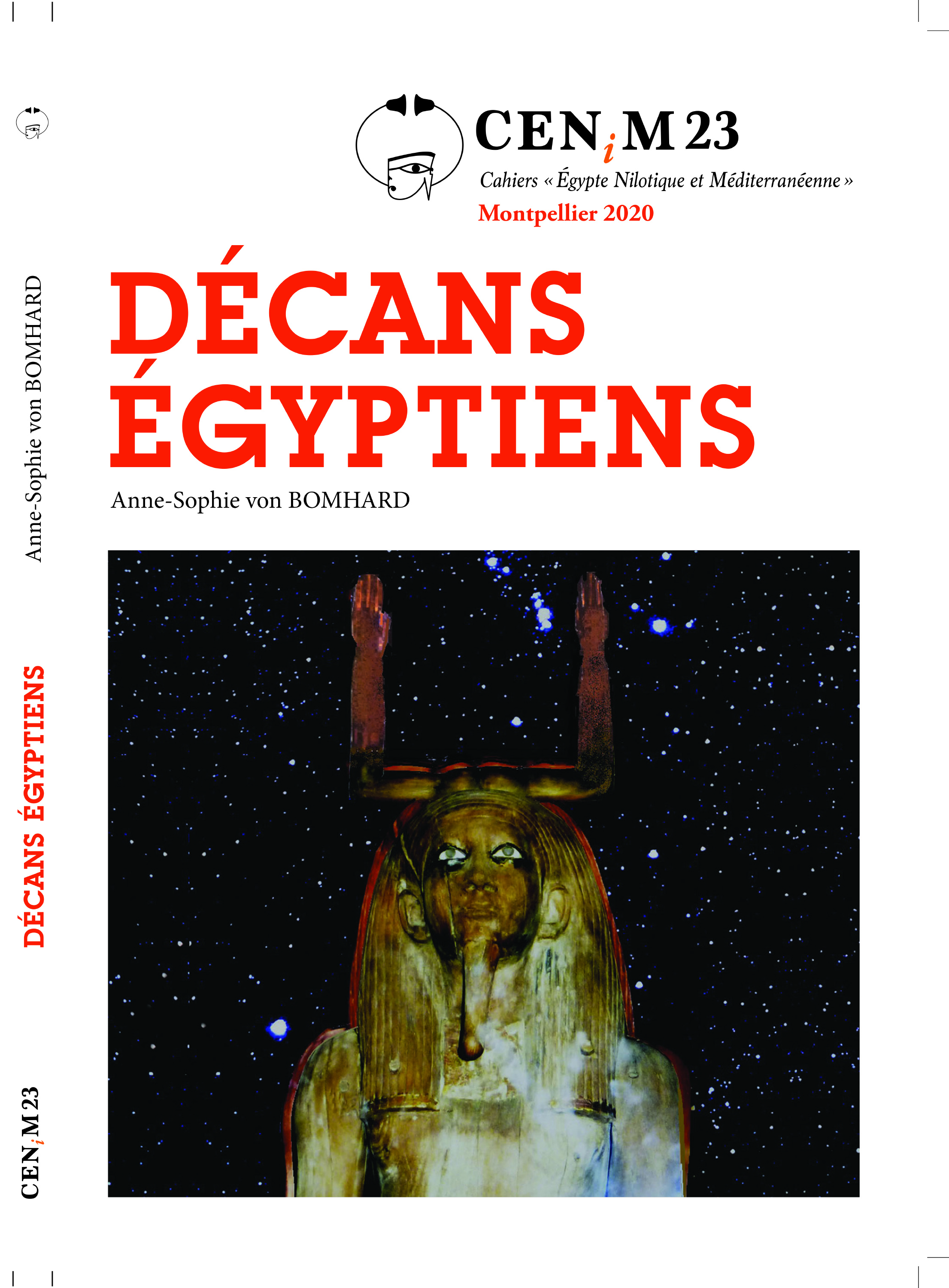 Anne-Sophie von BOMHARD DĂ©cans Ă©gyptiens, CENiM 23, Montpellier, 2020 — (2020)
Anne-Sophie von BOMHARD DĂ©cans Ă©gyptiens, CENiM 23, Montpellier, 2020 — (2020) 
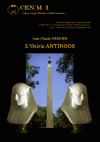 Jean-Claude Grenier L'Osiris ANTINOOS, CENiM 1, Montpellier, 2008 — (26 dĂ©cembre 2008)
Jean-Claude Grenier L'Osiris ANTINOOS, CENiM 1, Montpellier, 2008 — (26 dĂ©cembre 2008) 
TDENiM - Mise en ligne des volumes Ă©puisĂ©s : 
 Twitter
Twitter 3804327 visites - 714 visite(s) aujourd’hui - 96 connecté(s)
© ENiM - Une revue d’égyptologie sur internet
Équipe Égypte Nilotique et Méditerranéenne - UMR 5140 - « Archéologie des Sociétés Méditerranéennes » (Cnrs) - Université Paul Valéry - Montpellier III
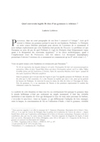
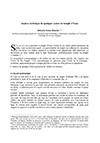

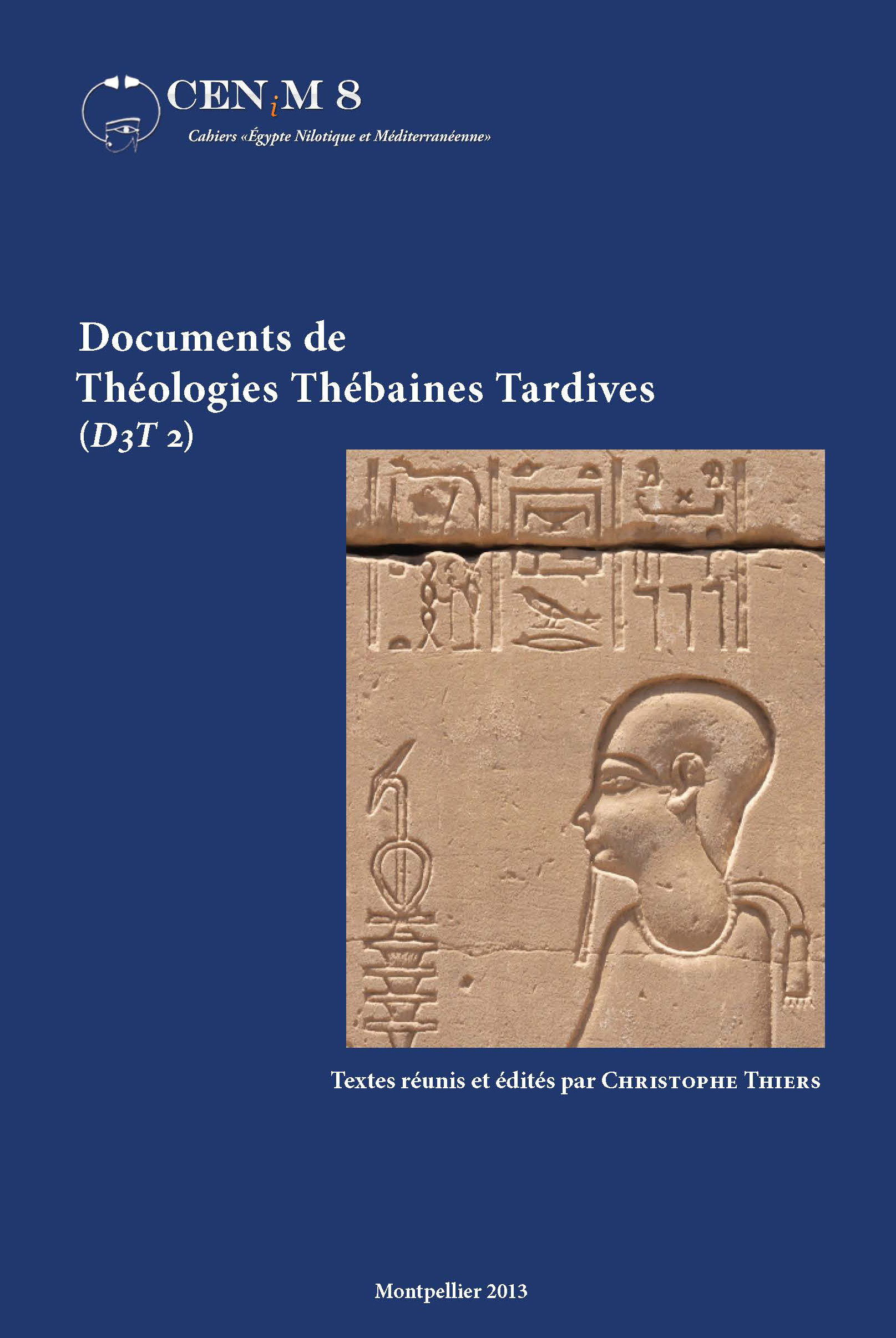

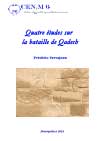
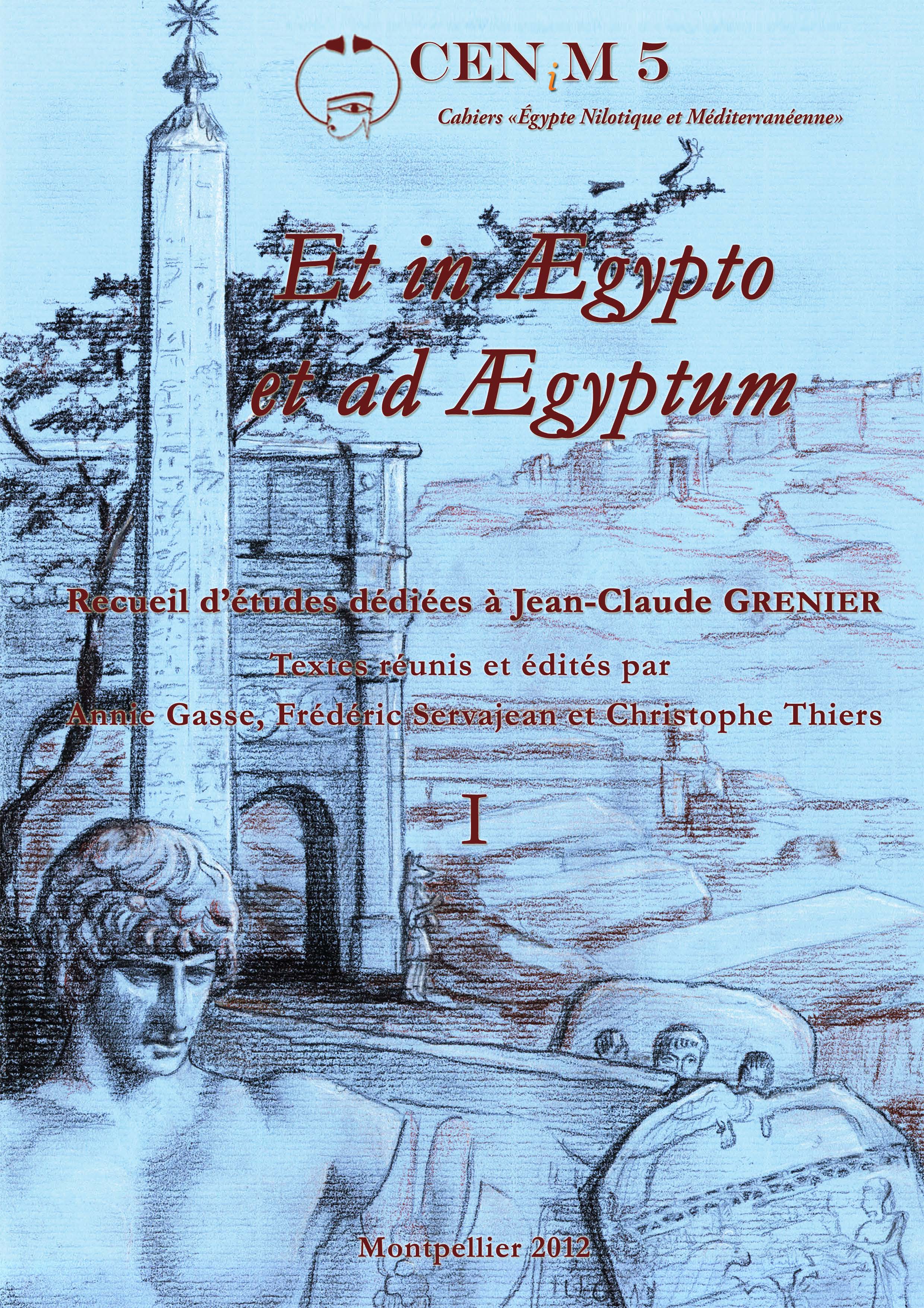
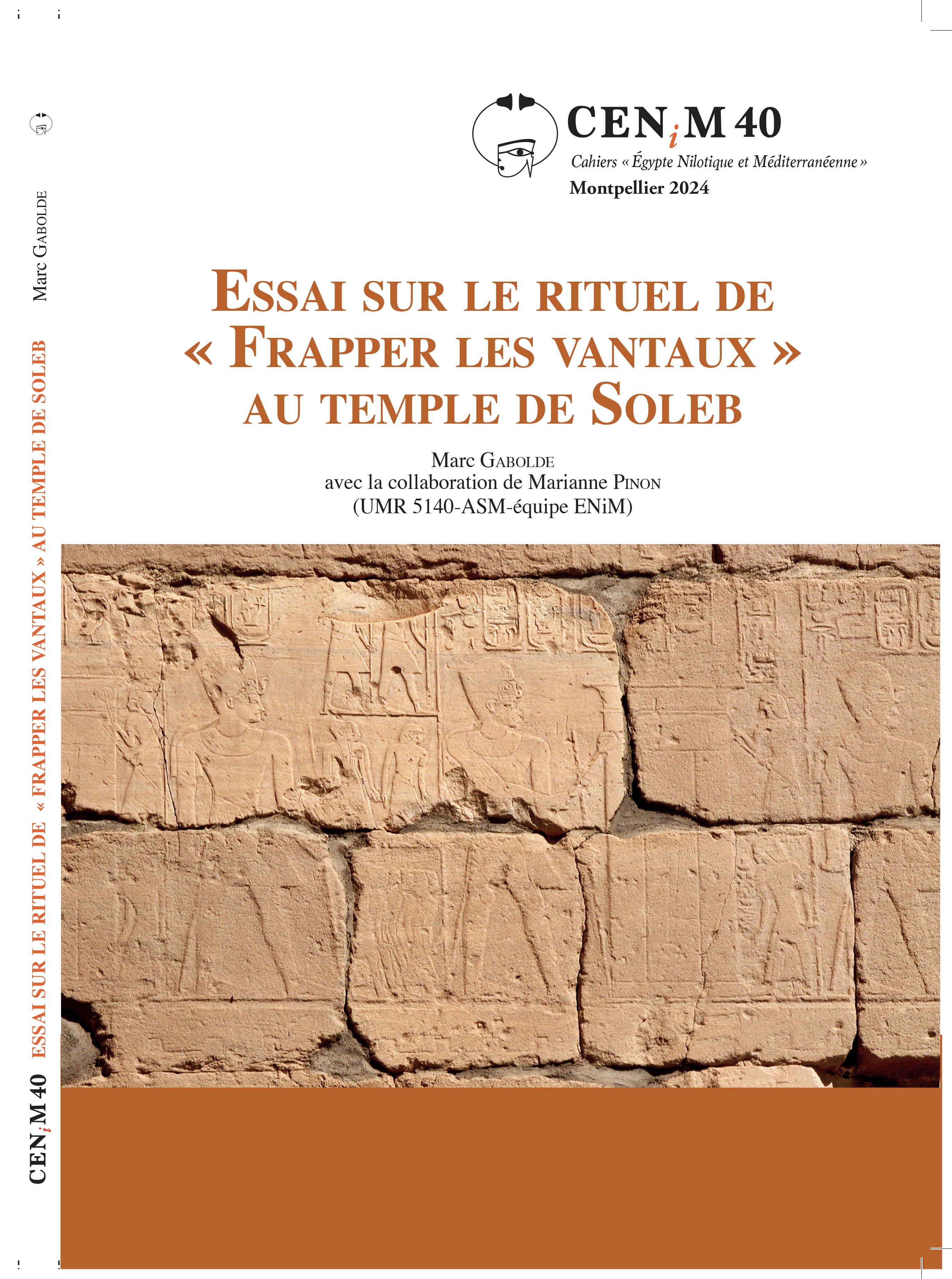
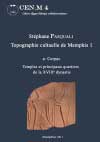
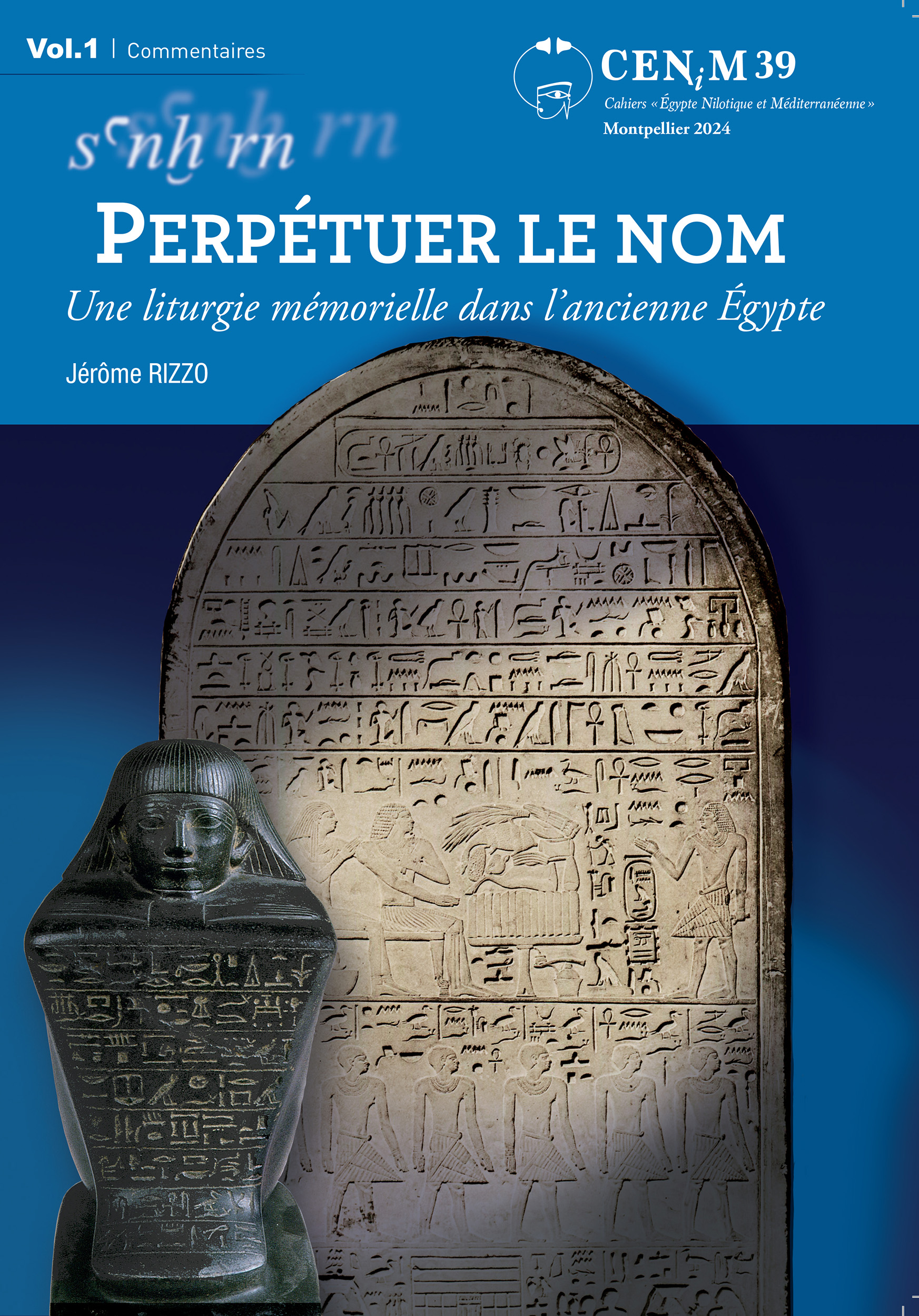
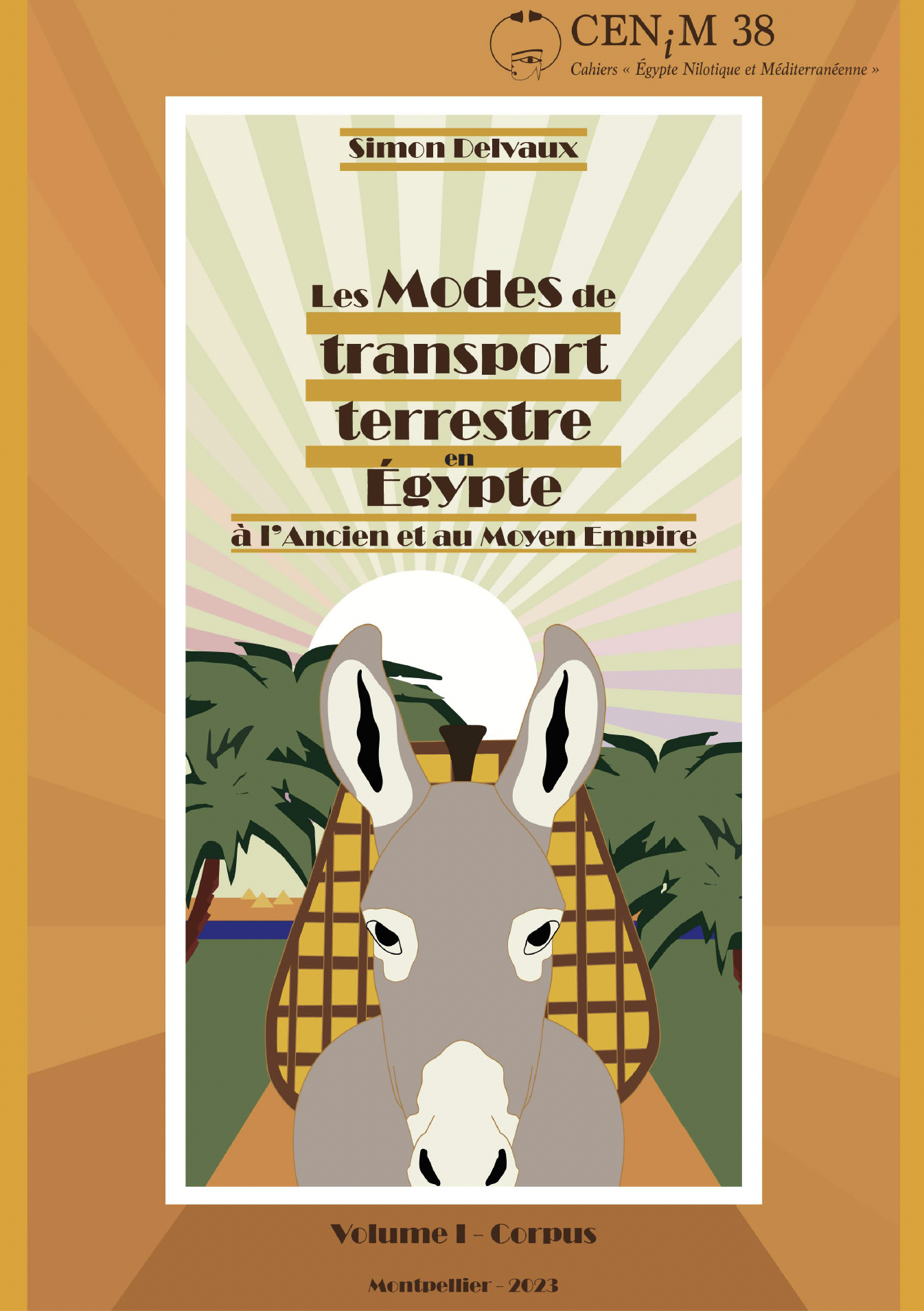
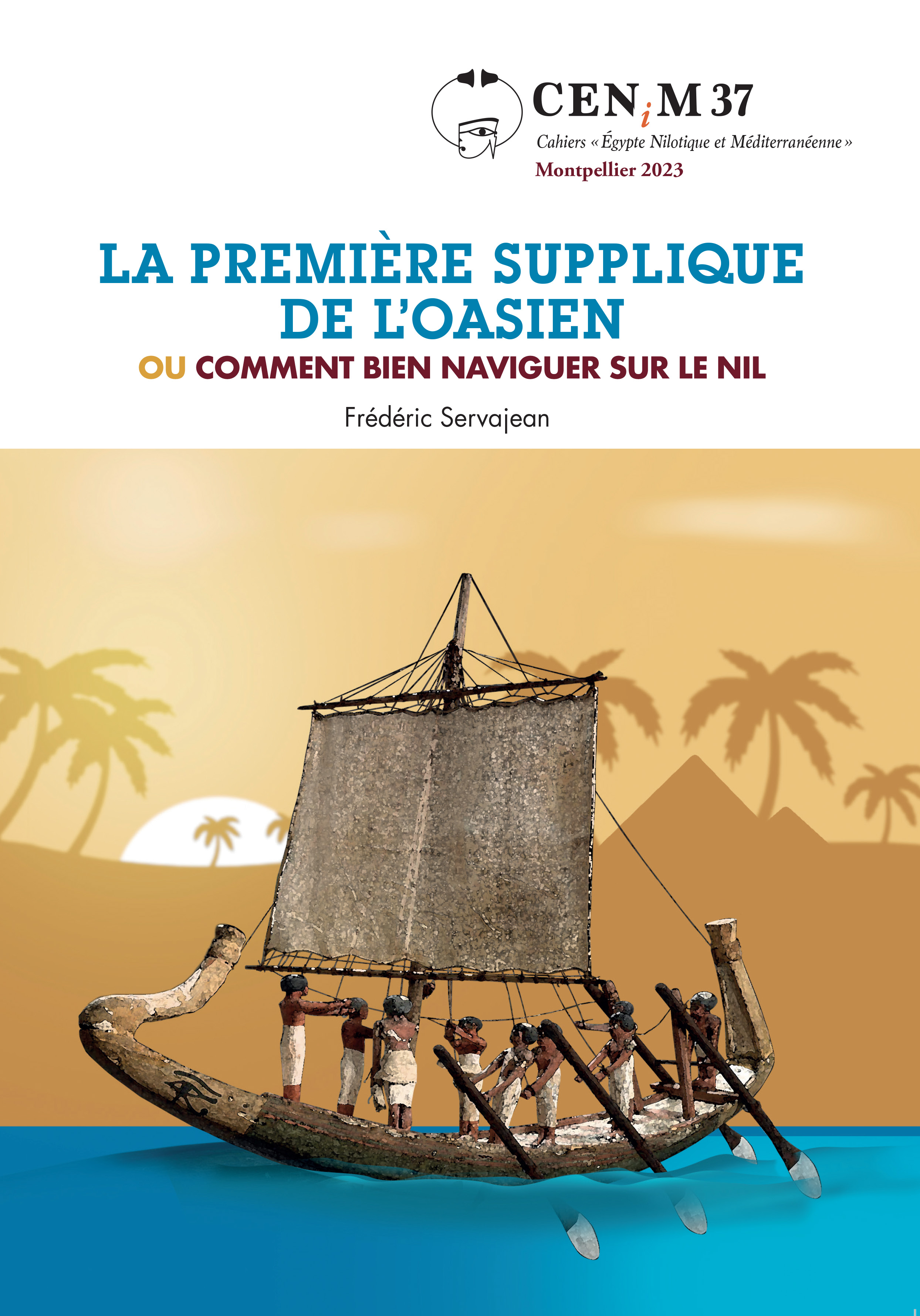
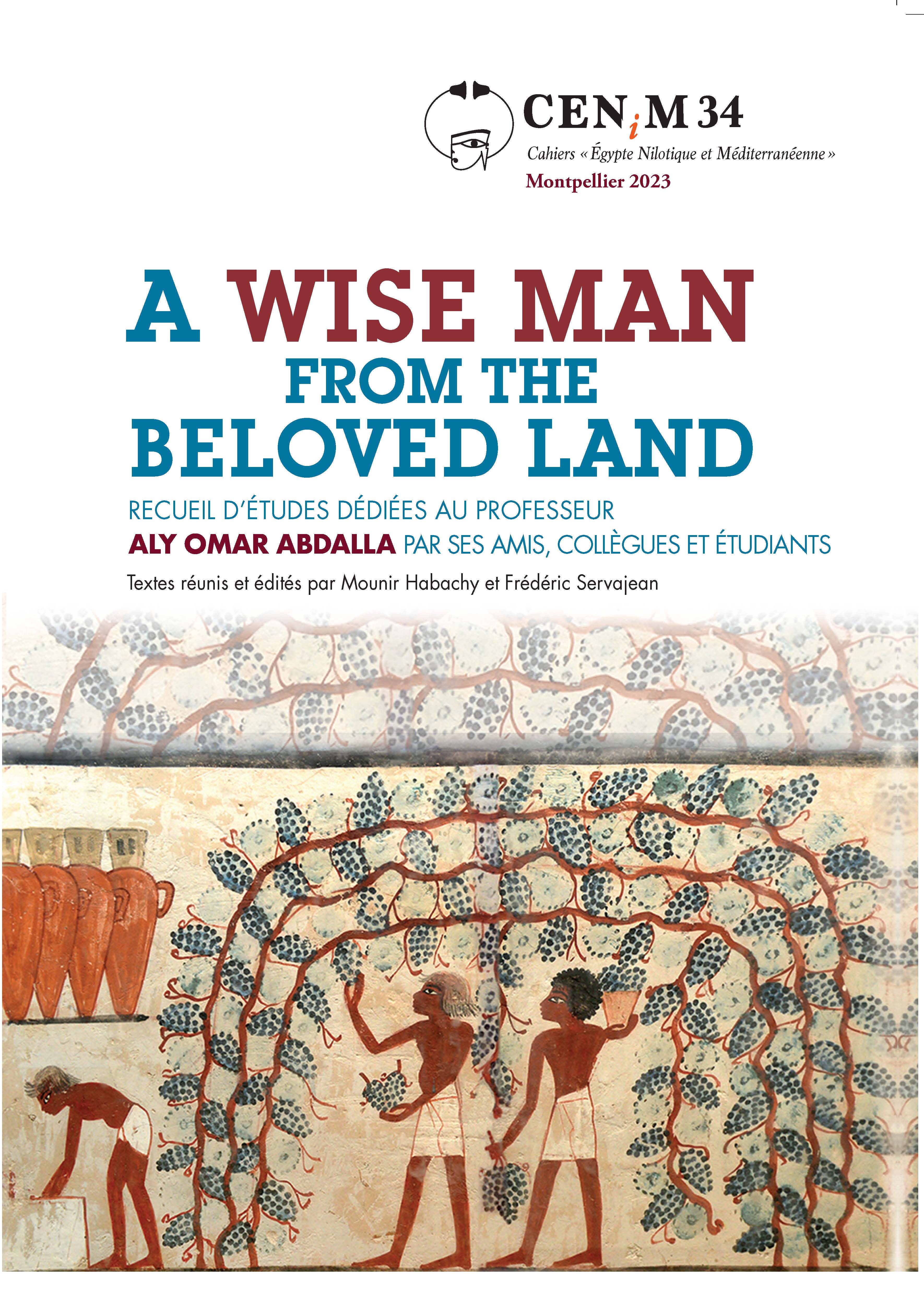
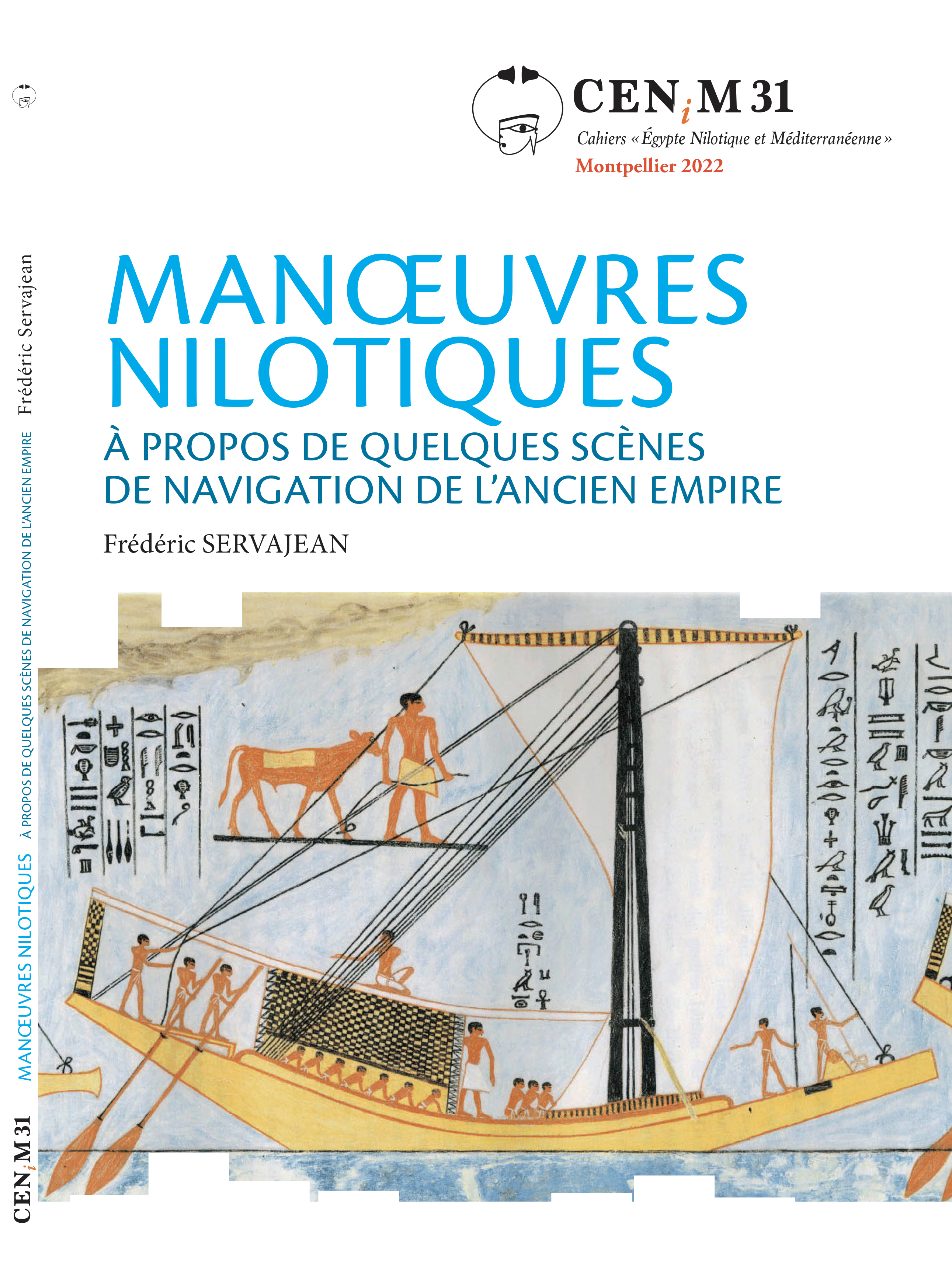
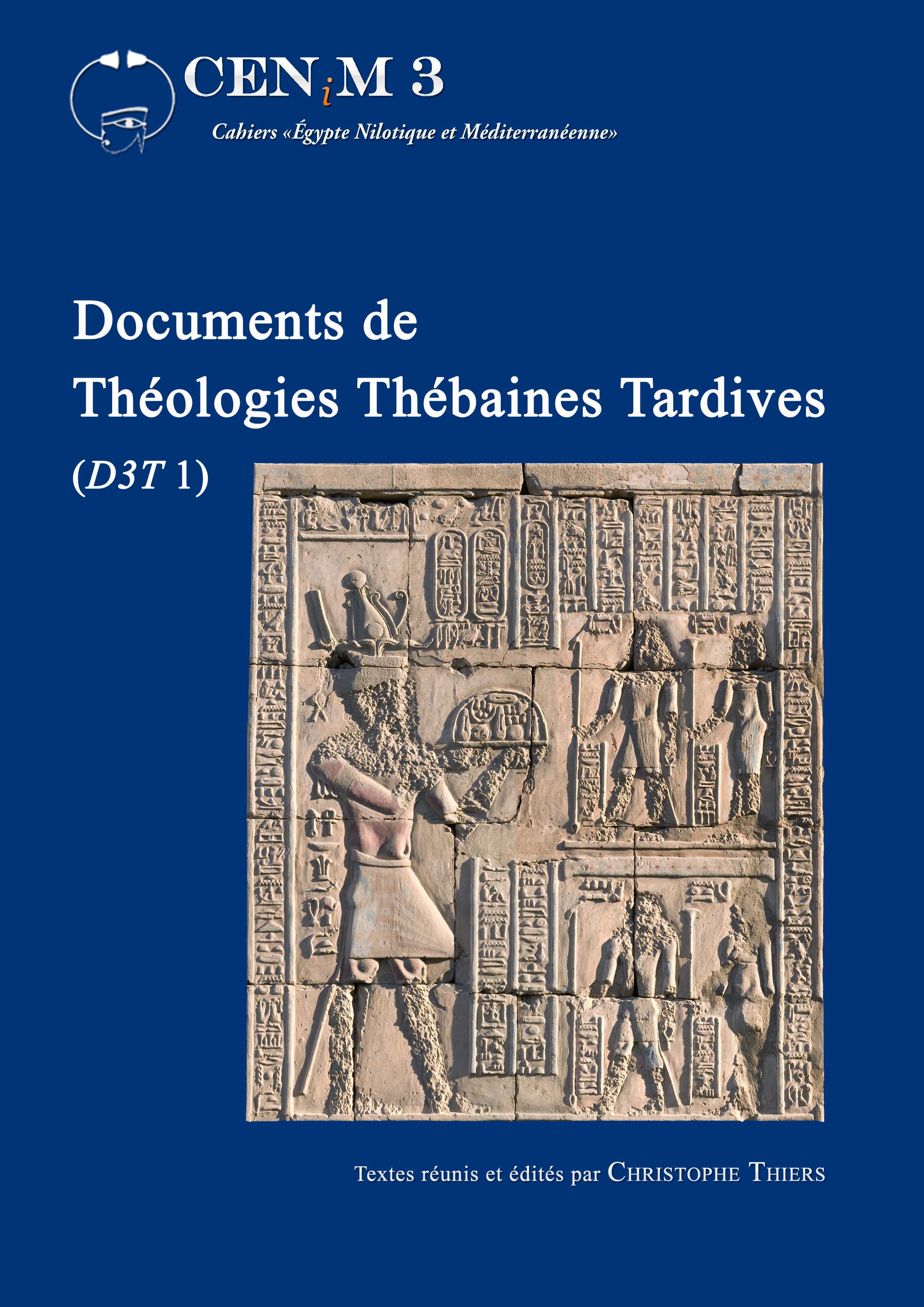
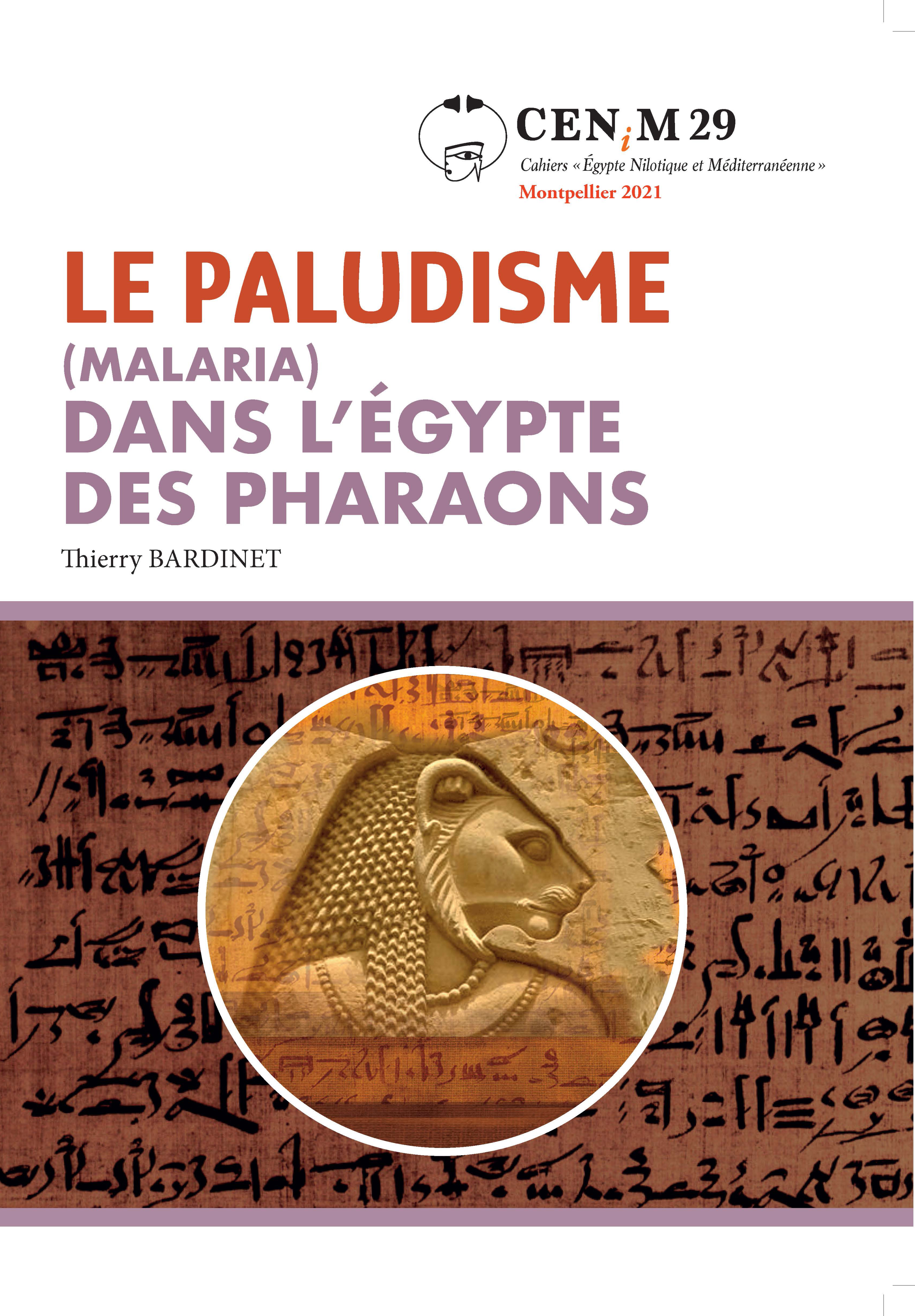
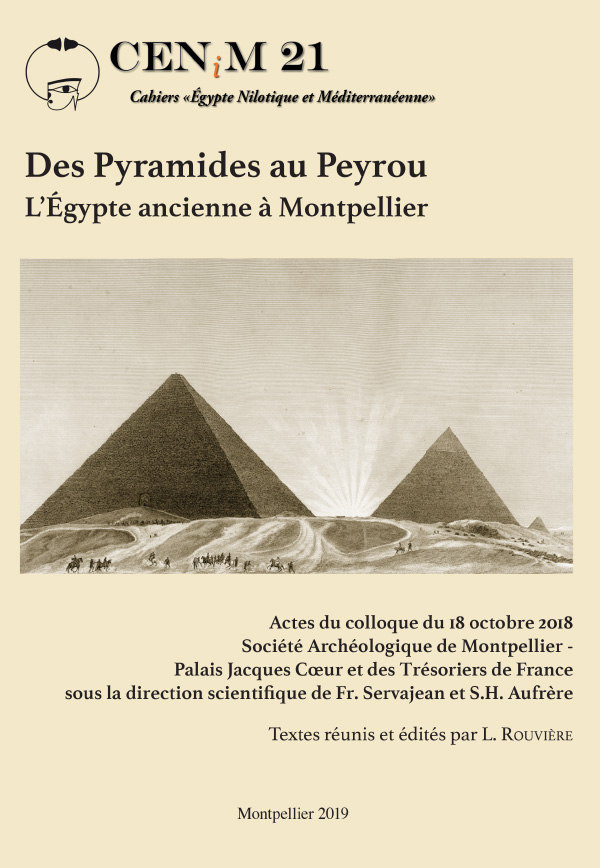
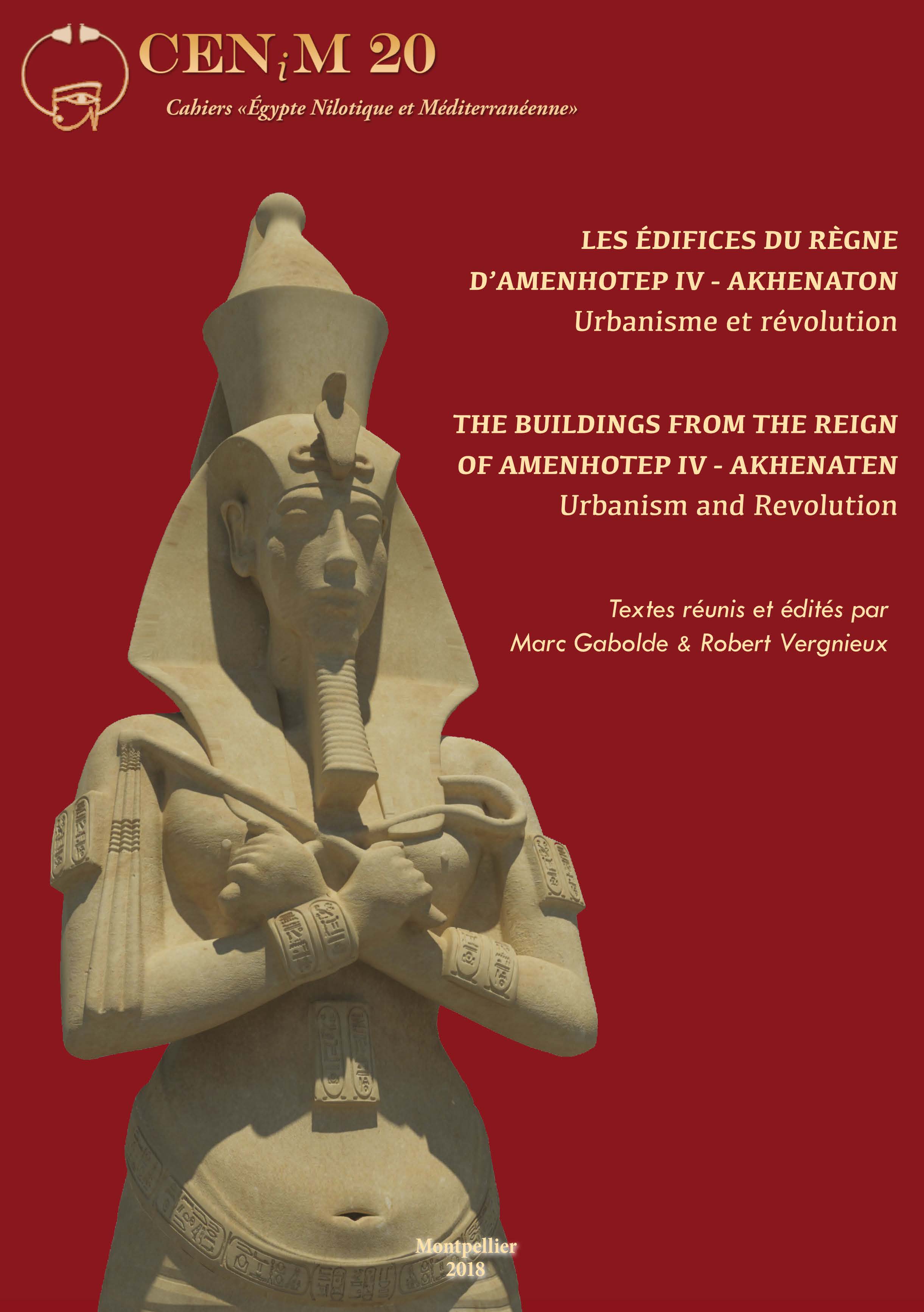
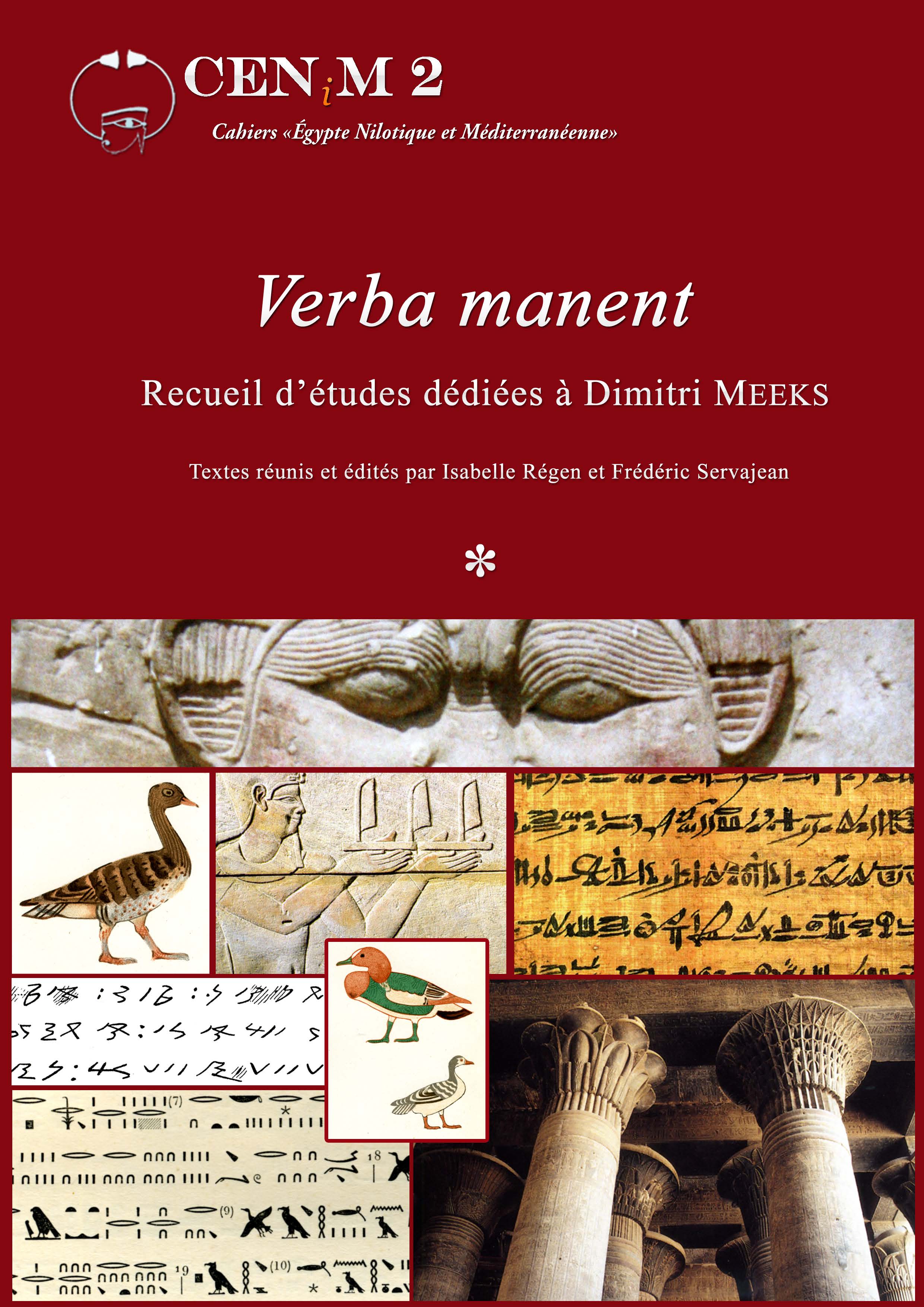
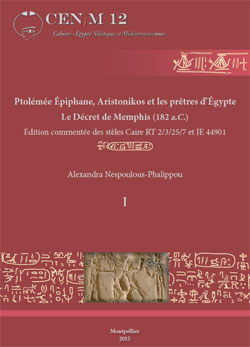
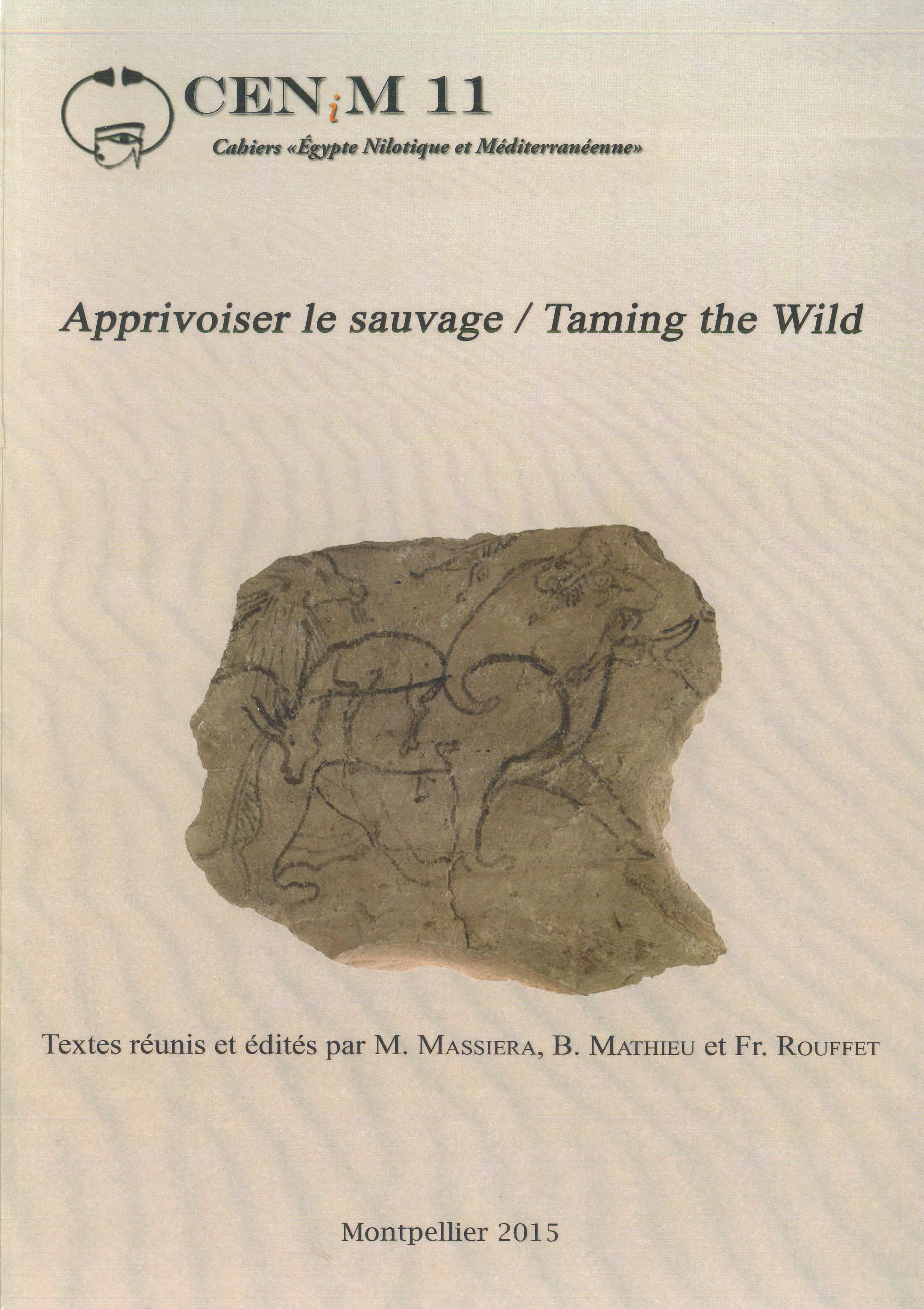
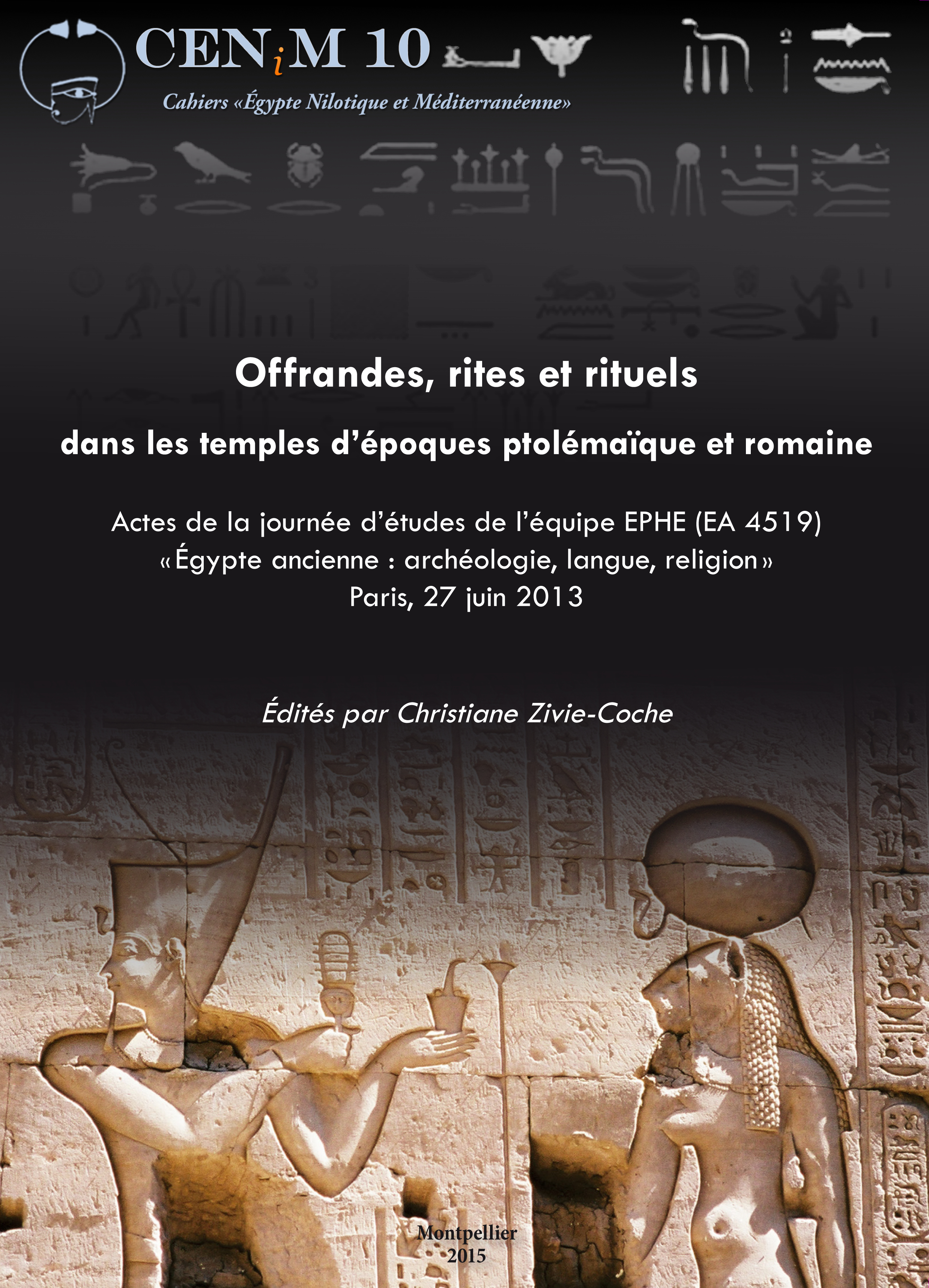

 Contact
Contact
 Abonnez-vous !
Abonnez-vous ! Équipe Égypte Nilotique et Méditerranéenne
Équipe Égypte Nilotique et Méditerranéenne UMR 5140 « Archéologie des Sociétés Méditerranéennes » (Cnrs)
UMR 5140 « Archéologie des Sociétés Méditerranéennes » (Cnrs) Université Paul Valéry - Montpellier III
Université Paul Valéry - Montpellier III